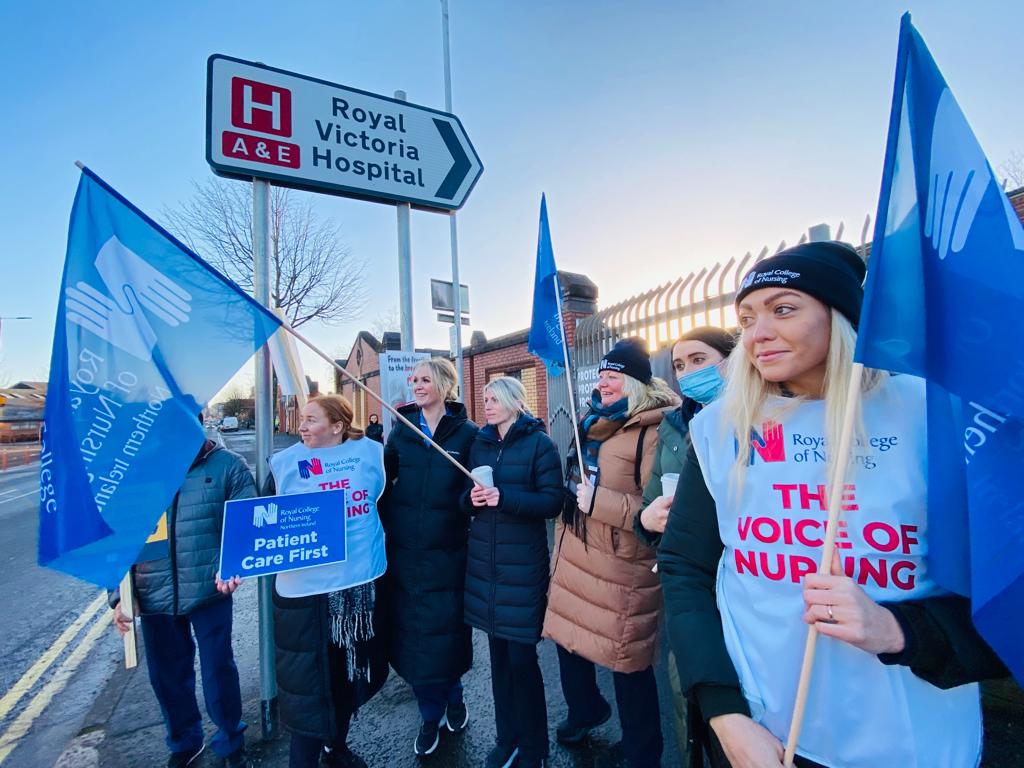MOST new year resolutions are related to mental and physical health: see more of family and friends, get less stressed at work, drink less or even not at all in January, eat less sugar and junk food, and above all exercise more. We know what’s good for us even if we don’t always have the resources – financial and social – to make adjustments to our lifestyles.
Exercise is probably the single best way to extend lifespan.
— Dr Paddy Barrett (@Paddy_Barrett) August 10, 2022
You need to exercise like your life depends on it.
Because it does.
Here's why.
👇🧵
/1
In any event, lifestyle choices are always constrained by economic, social and environmental circumstances and, therefore, are not the only determinant of good health and well-being. What epidemiologists (who study patterns of disease) refer to as the ‘social gradient’ in mortality and sickness, provides a clear example of how living standards shape health outcomes and life expectancy.
If you can’t heat your home, don’t have enough food on the table, there is mould on the walls – when you are stressed out because you can’t meet your basic needs – it is inevitable that health (and life itself) is compromised. As a leading expert on health inequalities, Prof Michael Marmot, said just after Christmas, “we are in serious trouble, serious trouble”.
Good social and material conditions result in better standards of health and less demand on acute, chronic and mental health services. An enduring lack of social justice increases the load on public services including health services. One estimate for the Republic suggests that poverty itself places extra demands on health and other public services of about five per cent of total public expenditure every year. Similar calculations for Britain come up with the same sort of figure.
These points are worth bearing in mind now that the NHS crisis makes daily headlines. Some commentators say the NHS is ‘broken’ and lobby for new funding methods (insurance), new service delivery models and greater efficiencies to squeeze even more from a depleted system and exhausted people. Always in the shadows, yet blamed for “clogging up” hospitals, social care provision has been critically deficient for many years. Boris Johnson’s 2019 promise to “fix the crisis in social care once and for all” was the latest in a long line of British government failed pledges. The British Medical Association issued a report last June complaining of chronic underfunding for the sector, staffing shortages, low pay and zero hour contracts, none of which have been improved by Brexit. On top of this, about 6,000 women and 12,000 men appear to have dropped out of employment in the North since the pandemic, which may be related to long Covid.
Frontline workers – ambulance staff, nurses and soon, junior doctors – are fighting to save the NHS and the principles behind it, the most important of which is universal access to health care on the basis of need not ability to pay. It is abundantly clear that the health service strikes are not only about pay but also about intolerable pressures of workloads and volumes of patients, which mean no one can care for patients properly. Inevitably, some staff leave for the private sector or another country, or leave health care altogether. No amount of crisis management can fix this.
While the situation is much worse in the North, there are parallels with the South. Instead of counting the time it takes for ambulances to off-load patients and how many have died in the process, RTÉ tells us what the daily ‘trolley count’ is, that is the number of hospital patients being treated on trolleys because of a shortage of available beds. Same issue of bed shortage but to a different degree. University Hospital Limerick is overwhelmed but Waterford copes pretty well.
In recent years the South has been slightly better off for hospital beds than the North. The number of beds per 1,000 population rose from 2012 to 2018 but declined to 2.89 by 2020. In the North the hospital bed rate was 4.05 in 2009/10 but fell to 2.99 by 2020/21. This is above the UK rate of 2.34 (2021) which is the lowest rate of any rich country except Sweden. The rate in Germany is 7.82 and in France, 5.73. No wonder health care professionals in Ireland and Britain have been calling for more bed capacity for years. Investment in beds requires investment in staff of course.
The current state of the NHS has been at least a decade in the making, so short-term fixes or dollops of extra cash won’t do. The most significant change was the reduction in funding relative to the ten years prior to 2010. For that period, funding for health increased in real terms by an average of 6.6 per cent each year. After 2010, austerity was imposed and the annual average real terms increase was 1.7 per cent up to 2019/20.
Rishi Sunak says the government's had 'valuable' talks with health leaders over the NHS crisis. This 5 min video looks at funding of the NHS since 2000 and how it connects to current pressures on the system. pic.twitter.com/wACLiR3tYA
— Ros Atkins (@BBCRosAtkins) January 8, 2023
This pattern is directly relevant to the North because our funding depends on decisions to increase or decrease funding for England. It is open to the Executive to vary spending between different departments but it is impossible to mitigate cuts on that scale. The Finance minister proposed a three-year budget for health for 2022-25 which would have allowed for better planning, but the DUP walked out of the Executive. No democratic “losers’ consent” here, just sour grapes and irresponsibility.
Because of the self-serving actions of the DUP, Sinn Féin finance Minister, Conor Murphy is unable to deliver a three year budget to;
— Philip McGuigan (@mcguigan_philip) February 22, 2022
1. recruit more doctors and nurses
2. tackle waiting lists
3. fund cancer services and mental health
4. transform the Health Service pic.twitter.com/T2ZwDGwDi4
The second significant development was the acceleration of privatisation through the Health and Social Care Act of 2010. This introduced a split between purchasers and providers of services, and gave private companies the opportunity to compete in the provision of mainstream and support services. The Act does not apply in Wales or Scotland.
By March 2019, there were 1,420 companies providing health and social care in the North, including 20 engaged in “hospital activities” and 60 in “specialist medical practice”. Half of these are small companies employing less than 10 people. Aside from 350 private dental practices and 445 general medical practices, there were over 500 companies running a range of residential care and nursing facilities. As of November last year, 90 consultants were engaged in private practice in the North.
— Danny Dorling News (@dannydorling) January 4, 2023
Quite how many people in the North have taken out private health insurance is hard to tell. But according to the Private Healthcare Information Network, there was a 28 per cent increase in insured hospital admissions between June 2019 and June 2022. While the pandemic supressed private health activity for fifteen months, it bounced back in the second half of 2021. Uninsured patients who self-pay for procedures rose by 55 per cent in the North between 2019 and 2022 (from 635 to 985) though the numbers remain quite small compared with those treated by the NHS (some of whose treatment will be carried out by private companies but paid for by the NHS).
The twin combination of private service expansion and very long NHS waiting lists is rapidly and systematically eroding the core NHS principle. Those who can find the money get treated first, which effectively violates the principles of equal and universal access to health care. So in some respects the North begins to resemble the South, recently described as “the only European nation without universal access to GP care”.
Hello! Here's an article I wrote in today's @IrishTimes.
— Domhnall McGlacken-Byrne (@McGlackenByrne) December 17, 2022
'The achievement of universal healthcare must be an absolutely central aim of all those who wish to bring about a decent and truly modern Irish society, fit for the next century.'@DoctorsForUHC
https://t.co/ZmxaWUqALT
A third important change over the last decade is cuts to public health and preventative measures. I’ll come back to this next time. Meanwhile, solidarity with health social care workers, especially striking nurses and ambulance staff, and here’s hoping for health in the coming year.








